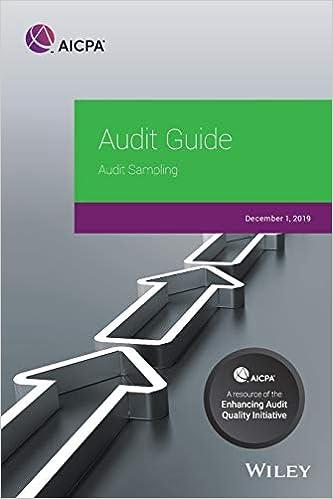

3. Current, financial, and capital accounts Consider the following table showing hypothetical balance-of-payments data for the United States. Complete the table by selecting the correct value for each missing entry. Balance-of-Payments (Billions of dollars) Current Account U.S. merchandise exports +65 U.S. merchandise imports -77 Merchandise trade balance U.S. service exports +55 U.S. service imports +5 Services balance Goods and services balance -7 Net investment income from abroad -2 Net unilateral transfers -6 Current account balance Capital and Financial Account Change in U.S.-owned assets abroad -40 Change in foreign-owner assets in the U.S. +38 Capital and financial account balance Statistical discrepancy +17 Trade balance 0 Suppose an American business owner purchases chocolates from Belgium in order to sell them in her shops. This would be entered as a item under the section of the U.S. current account. According to the table, the United States is running a trade The current account balance suggests that U.S. current account transactions created outpayments of foreign currencies from the United States that were the inpayments of foreign currencies to the United States. I Any surplus or deficit in one account must be offset by deficits or surpluses in other balance-of-payments accounts. Because the current account is in the excess of U.S. currency held by foreigners must either be loaned to Americans or used to buy American stocks or bonds. All of these transactions are then recorded in the account. Since any imbalance in one account automatically leads to an equal but opposite imbalance in the other, the balance-of-payments is always 3. Current, financial, and capital accounts Consider the following table showing hypothetical balance-of-payments data for the United States. Complete the table by selecting the correct value for each missing entry. Balance-of-Payments (Billions of dollars) Current Account U.S. merchandise exports +65 U.S. merchandise imports -77 Merchandise trade balance U.S. service exports +55 U.S. service imports +5 Services balance Goods and services balance -7 Net investment income from abroad -2 Net unilateral transfers -6 Current account balance Capital and Financial Account Change in U.S.-owned assets abroad -40 Change in foreign-owner assets in the U.S. +38 Capital and financial account balance Statistical discrepancy +17 Trade balance 0 Suppose an American business owner purchases chocolates from Belgium in order to sell them in her shops. This would be entered as a item under the section of the U.S. current account. According to the table, the United States is running a trade The current account balance suggests that U.S. current account transactions created outpayments of foreign currencies from the United States that were the inpayments of foreign currencies to the United States. I Any surplus or deficit in one account must be offset by deficits or surpluses in other balance-of-payments accounts. Because the current account is in the excess of U.S. currency held by foreigners must either be loaned to Americans or used to buy American stocks or bonds. All of these transactions are then recorded in the account. Since any imbalance in one account automatically leads to an equal but opposite imbalance in the other, the balance-of-payments is always








